We put the Xiaomi 13 Ultra through our rigorous DXOMARK Selfie test suite to measure its performance in photo and video from an end-user perspective. This article breaks down how the device fared in a variety of tests and several common use cases and is intended to highlight the most important results of our testing with an extract of the captured data.
Overview
Key front camera specifications:
- 32MP sensor
- f/2.0-aperture lens
- 1080p/30 fps
Scoring
Sub-scores and attributes included in the calculations of the global score.
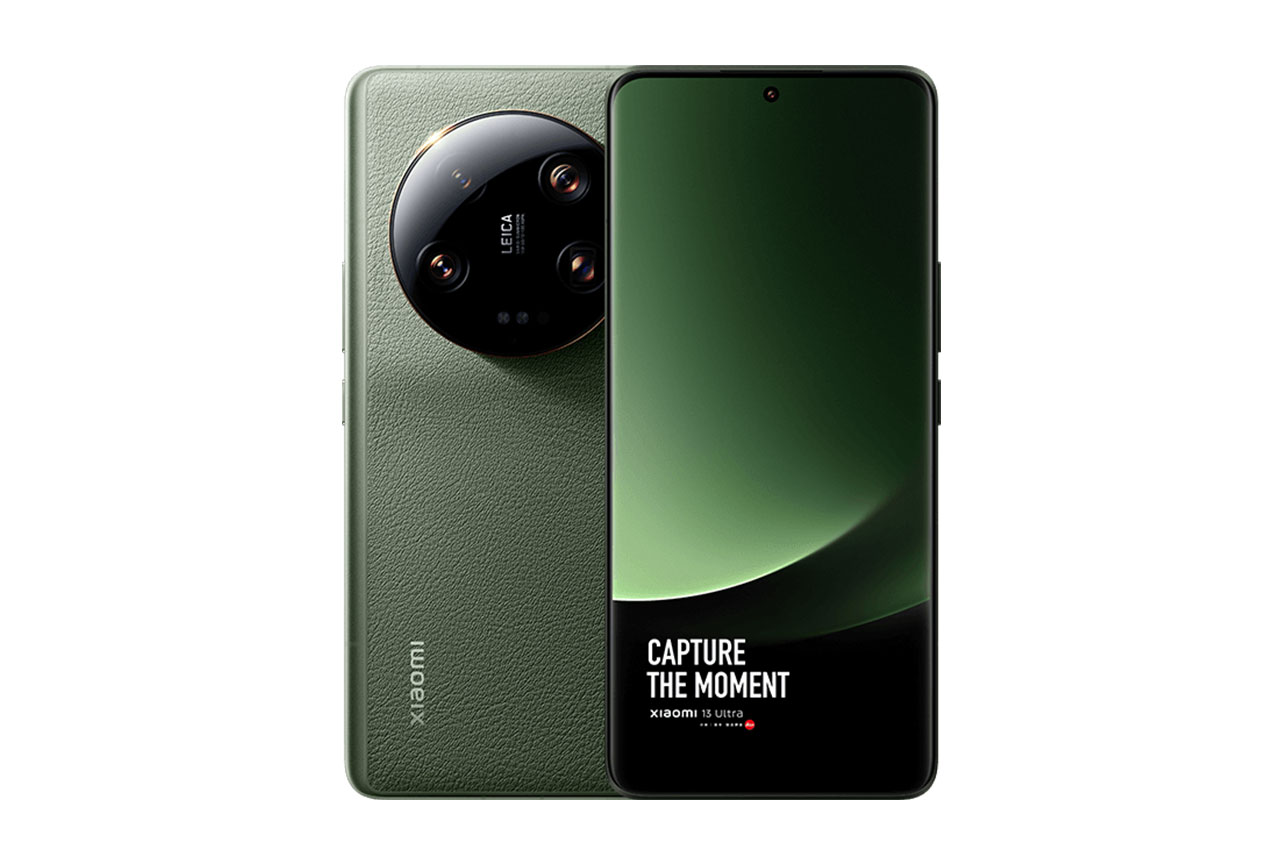
Xiaomi 13 Ultra


 43rd
43rd 31st
31stCons
- Quite strong tone compression in backlit scenes
- Narrow dynamic range results in highlight clipping
- Skin enhancement effect can result in unrealistic skin textures
In the DXOMARK Selfie tests, the Xiaomi 13 Ultra delivered an overall decent performance and showed some significant improvements over its predecessor the 12S Ultra, especially in terms of photo color and exposure. In addition, video stabilization was more effective, resulting in higher levels of detail. On the downside, the shallow depth of field prevented good sharpness on all subjects in group shots, just like on the 12S Ultra, and in some challenging light conditions, we observed strong tone compression, which resulted in a lack of contrast on the face, as well as unnatural colors.
While the Xiaomi 13 Ultra could not match the overall front camera results of some Ultra-Premium rivals such as the Apple iPhone 14 Pro or the Huawei Mate 50 Pro, it was better in some areas. Unwanted image artifacts were better under control than on the Huawei Mate 50 Pro; noise reduction worked more effectively, and flash mode was better than on the iPhone 14 Pro.
Test summary
About DXOMARK Selfie tests: For scoring and analysis, DXOMARK engineers capture and evaluate more than 1,500 test images both in controlled lab environments and in outdoor, indoor and low-light natural scenes, using the front camera’s default settings. The photo protocol is designed to take into account the user’s needs and is based on typical shooting scenarios, such as close-up and group selfies. The evaluation is performed by visually inspecting images against a reference of natural scenes, and by running objective measurements on images of charts captured in the lab under different lighting conditions from 1 to 1,000+ lux and color temperatures from 2,300K to 6,500K. For more information about the DXOMARK Selfie test protocol, click here. More details on how we score smartphone cameras are available here. The following section gathers key elements of DXOMARK’s exhaustive tests and analyses .Full performance evaluations are available upon request. Please contact us on how to receive a full report.
Photo
Xiaomi 13 Ultra
149
In photo mode, the Xiaomi 13 Ultra front camera produced selfie images with good detail and accurate exposure. However, the skin-smoothening effect that kicks in automatically could be quite strong. The bokeh mode was not among the best that we have seen. Subject isolation left some room for improvement and the lack of a blur gradient resulted in an unrealistic effect that did not really provide a sense of depth. When capturing images with the flash enabled, noise was well under control on faces, but vignetting around the edge of the frame was quite strong.

Exposure
Xiaomi 13 Ultra
99

Color
Xiaomi 13 Ultra
110
Exposure and color are the key attributes for technically good pictures. For exposure, the main attribute evaluated is the brightness of the face(s) in various use cases and light conditions. Other factors evaluated are the contrast and the dynamic range, eg. the ability to render visible details in both bright and dark areas of the image. Repeatability is also important because it demonstrates the camera's ability to provide the same rendering when shooting consecutive images in a row.
For color, the image quality attributes analyzed are skin-tone rendering, white balance, color shading, and repeatability.
In our tests, the Xiaomi generally exposed subjects well, except in low light, where our testers noticed slight underexposure. Dynamic range was pretty narrow, which resulted in frequent highlight clipping in scenes with high contrast. Color was managed well but we often observed strong tone compression, which resulted in unnatural skin textures and low contrast on the subject’s face, especially when shooting under daylight.

Focus
Xiaomi 13 Ultra
105
Our testers found the camera to deliver good focus as long as the subject was in close distance to the lens. However, a shallow depth of field means that the Xiaomi 13 Ultra is not the best option for capturing group selfies when subjects are at different distances from the camera. While the closest face will be sharp, subjects further back will be out of focus.
Autofocus tests evaluate the accuracy of the focus on the subject’s face, the repeatability of an accurate focus, and the depth of field. While a shallow depth of field can be pleasant for a single-subject selfie or close-up shot, it can be problematic in specific conditions such as group selfies; both situations are tested. Focus accuracy is also evaluated in all the real-life images taken, from 30cm to 150cm, and in low light to outdoor conditions.
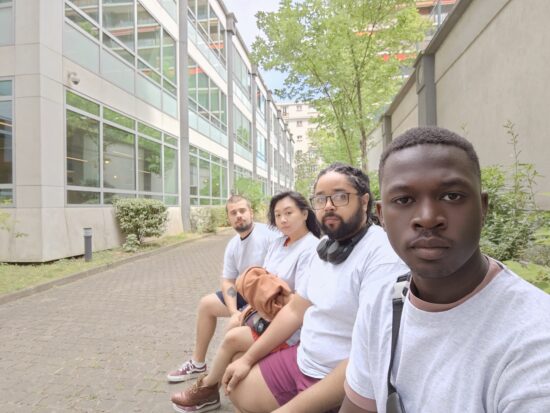

Texture
Xiaomi 13 Ultra
79
Texture tests analyze the level of details and the texture of subjects in the images taken in the lab as well as in real-life scenarios. For natural shots, particular attention is paid to the level of details in facial features, such as the eyes. Objective measurements are performed on chart images taken in various lighting conditions from 1 to 1000 lux and different kinds of dynamic range conditions. The charts used are the proprietary DXOMARK chart (DMC) and the Dead Leaves chart.
The Xiaomi 13 Ultra managed to limit noise levels on the face, while also maintaining decent skin texture. In low light, it performed better than the Apple iPhone 14 Pro but could not quite match the low noise levels of the Huawei Mate 50 Pro.

Noise
Xiaomi 13 Ultra
94
Noise tests analyze various attributes of noise such as intensity, chromaticity, grain, and structure on real-life images as well as images of charts taken in the lab. For natural images, particular attention is paid to the noise on faces, but also on dark areas and high dynamic range conditions. Objective measurements are performed on images of charts taken in various conditions from 1 to 1000 lux and different kinds of dynamic range conditions. The chart used is the DXOMARK Dead Leaves chart and the standardized measurement such as Visual Noise derived from ISO 15739.

Artifacts
Xiaomi 13 Ultra
91
The artifacts evaluation looks at lens shading, chromatic aberrations, distortion measurement on the Dot chart and MTF, and ringing measurements on the SFR chart in the lab. Particular attention is paid to ghosting, quantization, halos, and hue shifts on the face among others. The more severe and the more frequent the artifact, the higher the point deduction on the score. The main artifacts observed and corresponding point loss are listed below.
In our tests, the Xiaomi 13 Ultra tended to apply a strong skin-smoothing effect to its images, which could result in an unnatural look. In difficult light conditions, such as backlit scenes, our testers observed further artifacts, including halo effects, tone compression, and hue shift close to saturated image areas. In addition, anamorphosis could be slightly noticeable in close-up selfies, with the face close to the edge of the frame.
Video
Xiaomi 13 Ultra
156
DXOMARK engineers capture and evaluate more than 2 hours of video in controlled lab environments and in natural low-light, indoor and outdoor scenes, using the front camera’s default settings. The evaluation consists of visually inspecting natural videos taken in various conditions and running objective measurements on videos of charts recorded in the lab under different conditions from 1 to 1000+ lux and color temperatures from 2,300K to 6,500K.
Compared to its predecessor the 12SUltra, the Xiaomi 13 Ultra’s video mode showed improvements in various areas. Video noise levels were lower, stabilization was smoother, and the level of recorded detail had increased across all light levels. On the downside, we noticed occasional underexposure in low-light scenes and, just like for photo mode, dynamic range was limited. Rivals like the Apple iPhone 14 Pro or the Huawei Mate 50 Pro performed better in this regard, with a well-managed HDR mode expanding the dynamic range of the video footage.

Exposure
Xiaomi 13 Ultra
87

Color
Xiaomi 13 Ultra
90
Exposure tests evaluate the brightness of the face and the dynamic range, eg. the ability to render visible details in both bright and dark areas of the image. Stability and temporal adaption of the exposure are also analyzed. Image-quality color analysis looks at skin-tone rendering, white balance, color shading, stability of the white balance and its adaption when light is changing.
Face exposure remained generally accurate in bright light and under indoor conditions, but the limited dynamic range resulted in highlight clipping in the background in many scenes. In low light, our testers often found the subject to be underexposed.

Texture
Xiaomi 13 Ultra
97
Texture tests analyze the level of details and texture of the real-life videos as well as the videos of charts recorded in the lab. Natural video recordings are visually evaluated, with particular attention paid to the level of detail on the facial features. Objective measurements are performed of images of charts taken in various conditions from 1 to 1000 lux. The chart used is the Dead Leaves chart.

Noise
Xiaomi 13 Ultra
83
Noise tests analyze various attributes of noise such as intensity, chromaticity, grain, structure, temporal aspects on real-life video recording as well as videos of charts taken in the lab. Natural videos are visually evaluated, with particular attention paid to the noise on faces. Objective measurements are performed on the videos of charts recorded in various conditions from 1 to 1000 lux. The chart used is the DXOMARK visual noise chart.
Video noise was handled pretty well by the Xiaomi 13 Ultra, especially on faces. Noise reduction was very effective even in low light, removing noise without sacrificing texture.

Stabilization
Xiaomi 13 Ultra
82
Stabilization evaluation tests the ability of the device to stabilize footage thanks to software or hardware technologies such as OIS, EIS, or any others means. The evaluation looks at overall residual motion on the face and the background, smoothness and jello artifacts, during walk and panning use cases in various lighting conditions. The video below is an extract from one of the tested scenes.
The video stabilization of the Xiaomi 13 Ultra is solid; no jello effect was noticeable, and overall performance was on par with class-leading devices, such as the Apple iPhone 14 Pro and Huawei Mate 50 Pro. However, we noticed some camera shake at the start of the video recording. Please note that this impacted the artifacts score rather than the stabilization score.

Artifacts
Xiaomi 13 Ultra
92
Artifacts are evaluated with MTF and ringing measurements on the SFR chart in the lab as well as frame-rate measurements using the LED Universal Timer. Natural videos are visually evaluated by paying particular attention to artifacts such as quantization, hue shift, and face-rendering artifacts among others. The more severe and the more frequent the artifact, the higher the point deduction from the score. The main artifacts and corresponding point loss are listed below


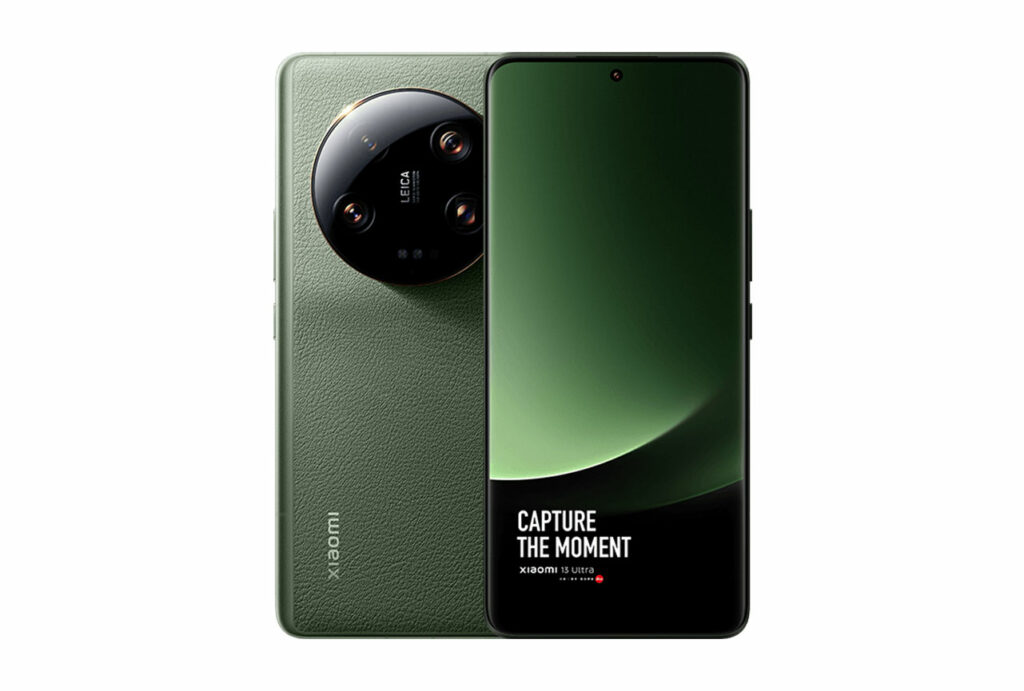
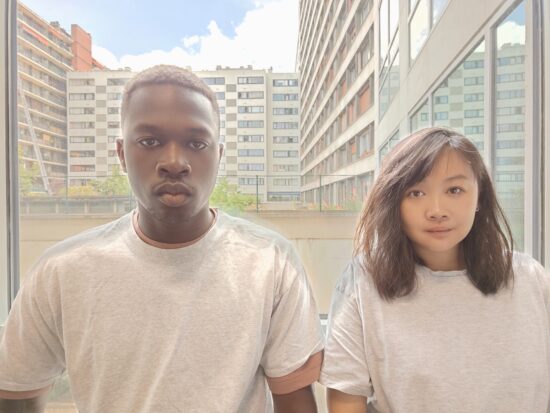
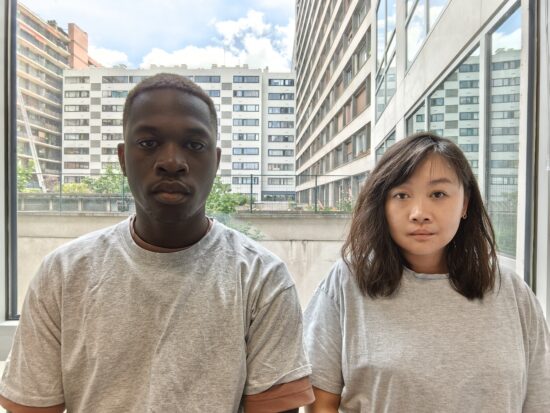
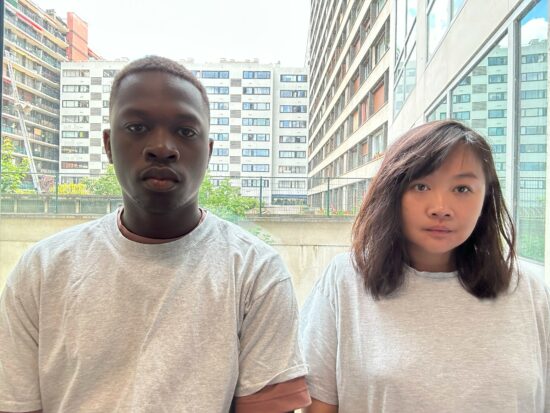
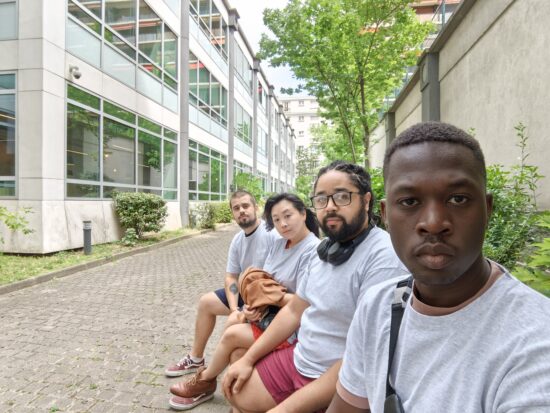
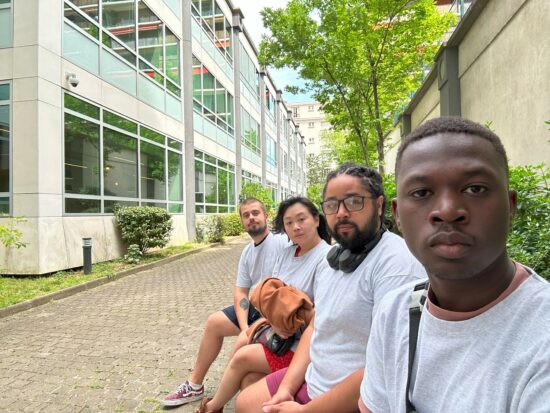
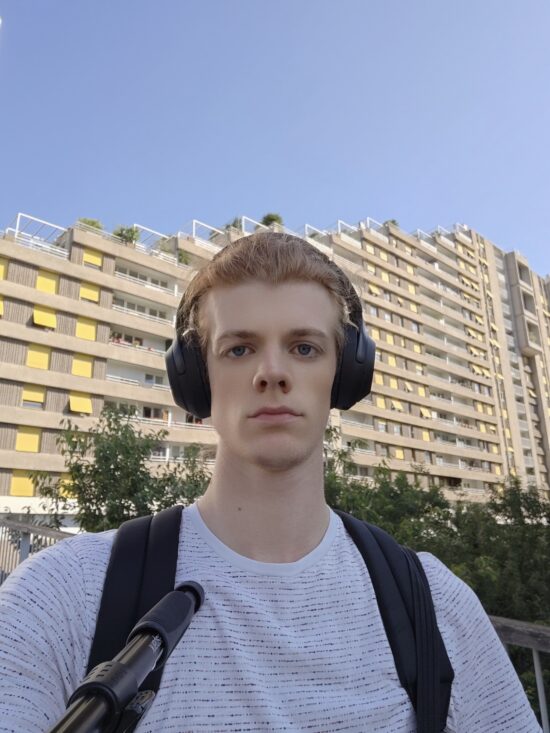
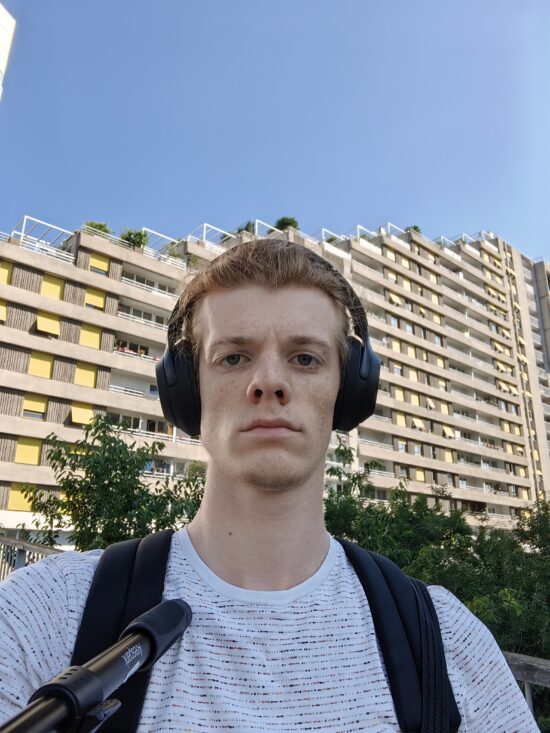
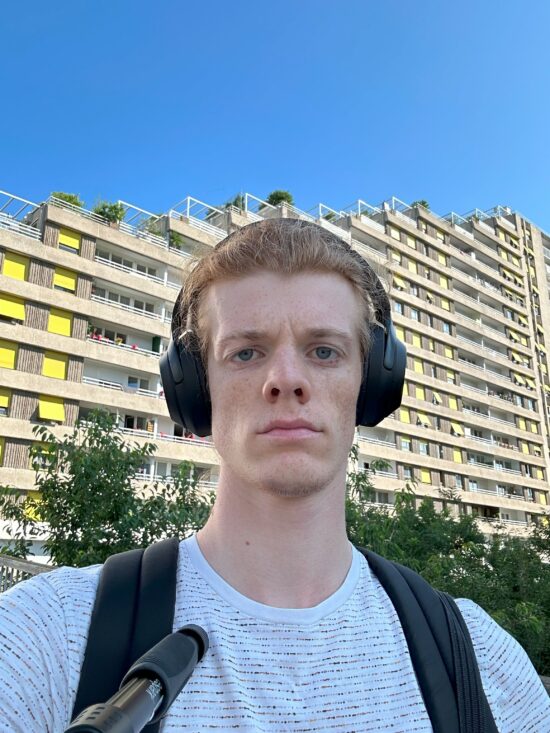
DXOMARK encourages its readers to share comments on the articles. To read or post comments, Disqus cookies are required. Change your Cookies Preferences and read more about our Comment Policy.